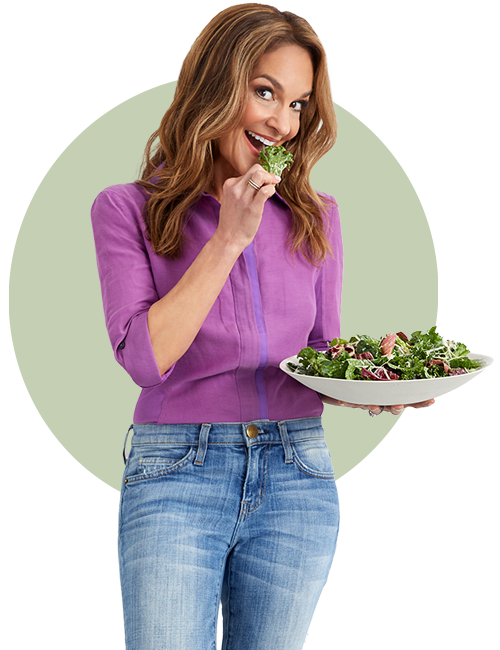Best Foods for Eyesight
Pink and red grapefruit
Eating antioxidant-rich produce like pink and red grapefruit, which are rich in both vitamin C and beta carotene, can help protect your eye health. One study followed a group of more than 4,000 people for eight years to see how diet affected the risk of macular degeneration, and found that people who ate a diet rich in vitamins C and E, beta-carotene, and zinc had a 35 percent reduced risk of developing macular degeneration compared with people who ate an average diet. Other excellent sources of vitamin C include bell peppers, guava, oranges, strawberries, and broccoli. Best foods for beta carotene also include dark leafy greens, like spinach and Swiss chard, and orange vegetables like sweet potatoes, carrots, pumpkin, and butternut squash.
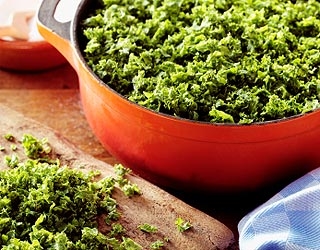
Kale
Kale
The pair of antioxidants lutein and zeaxanthin are standouts in a family of nutrients called carotenoids because they’re the only carotenoids found in the lens of the eye. Like all antioxidants, lutein and zeaxanthin can defuse potentially damaging free radicals. In addition, these antioxidants are found in high concentrations in the tissue of the macula, and because they absorb 40 to 90 percent of blue light intensity, they act like sunscreen for your eyes. Since our bodies can’t make lutein and zeaxanthin on their own, we have to get these nutrients from food. Studies have shown that eating foods rich in lutein and zeaxanthin, like kale and other leafy greens, can increase the pigment density in the macula, leading to better retina protection, and possibly a lower risk of macular degeneration.
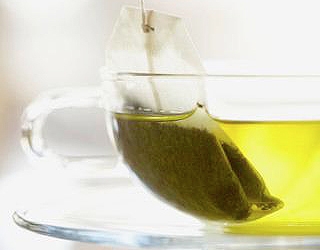
Tea
Tea
Tea contains powerful antioxidants, and some research suggests that drinking relatively large amounts of it — the equivalent of about five cups daily — may help prevent or delay cataract development. One animal study tested the power of tea in diabetic lab rats (the scientists used diabetic rats because they were at increased risk for cataract formation). Rats that were given tea had about half the risk of cataracts as the rats who didn’t drink tea. We’re still waiting to see if these results hold up in people, but tea is an incredibly healthy drink all around — and unsweetened, it’s a terrific substitute for sugary beverages like soda, fruit drinks, and sugary coffee concoctions — so I encourage you to sip both green and regular black tea to your heart’s content.
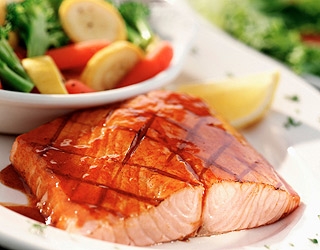
Salmon
Salmon
Delicious, heart-healthy salmon is rich in B-vitamins and omega-3 fatty acids, both of which can help protect eyes. Salmon is particularly rich in the B-vitamin niacin; several scientific studies have shown that people who eat a diet containing plenty of foods rich in riboflavin and niacin can slash the risk of cataracts by about half. Salmon’s healthy fats may also help stave off macular degeneration by protecting light receptor cells in the eye from damage by sunlight and free radicals. One study found that people who ate just one weekly serving of fish, generally a good source of omega-3 fats, cut their risk of macular degeneration by over 30 percent. If you want to take advantage of this promising research, I recommend eating fatty fish like salmon, sardines, Atlantic mackerel, striped bass, and trout at least two times each week.
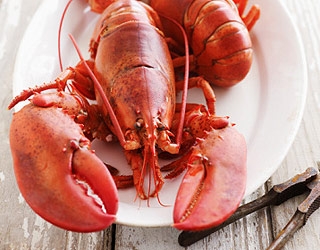
Shellfish
Shellfish
Shellfish like clams, crab, mussels, oysters and lobster are all rich in the mineral zinc. Zinc is important for the health of all body tissues, but it’s found in unusually high concentrations in tissues of the retina and is required for the functioning of enzymes that keep vision sharp. In people with macular degeneration, levels of zinc in the retina can be very low, so eating zinc-rich foods is a logical first step towards preventing and treating macular degeneration. In addition to shellfish, good sources of this eye-friendly nutrient include lean beef, pork tenderloin, peanut butter, skinless poultry, and pumpkin seeds.
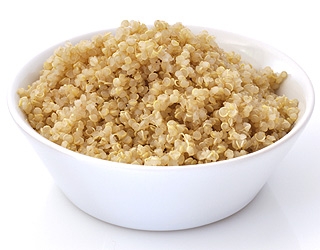
Quinoa
Quinoa
Emerging research suggests that certain foods — most notably low-quality carbohydrates like sugary foods and white refined carbs — may increase the risk of developing cataracts and macular degeneration. Generally speaking, these foods are categorized as high-glycemic carbs, which means they are quickly digested and absorbed by the body, causing a rapid, unhealthy surge in blood sugar levels. Glucose eventually moves from the blood into the eye, and scientists believe that long-term exposure to high sugar loads may damage the retina and tiny capillaries in the eye. Therefore, your eye health is just one more good reason to sweep these foods out of your kitchen. Replacing low-quality, refined carbs with whole grains like quinoa (a delicious grain that’s a complete protein), brown rice, oats, and whole grain bread is a smart strategy for overall health.

Sunflower seeds
Sunflower seeds
Along with vitamin C, lutein, and beta-carotene, vitamin E is a member of a group of antioxidants that can neutralize free radicals. One study revealed that women who ate a very healthy diet full of all kinds of antioxidants from vegetables, fruits, and whole grains were half as likely to develop cataracts as women who did not eat such a healthy diet. In addition, numerous studies have observed that people with high dietary intakes or blood levels of antioxidants — particularly vitamins C and E — are at a significantly lower risk for cataracts. A diet full of foods rich in vitamin E, like sunflower seeds, almonds, peanuts, and butters made from these nuts and seeds can protect your vision (and benefit the rest of your body, as well!)
Protect your vision with these 6 tips!

Pink and red grapefruit
Pink and red grapefruit
Eating antioxidant-rich produce like pink and red grapefruit, which are rich in both vitamin C and beta carotene, can help protect your eye health. One study followed a group of more than 4,000 people for eight years to see how diet affected the risk of macular degeneration, and found that people who ate a diet rich in vitamins C and E, beta-carotene, and zinc had a 35 percent reduced risk of developing macular degeneration compared with people who ate an average diet. Other excellent sources of vitamin C include bell peppers, guava, oranges, strawberries, and broccoli. Best foods for beta carotene also include dark leafy greens, like spinach and Swiss chard, and orange vegetables like sweet potatoes, carrots, pumpkin, and butternut squash.

